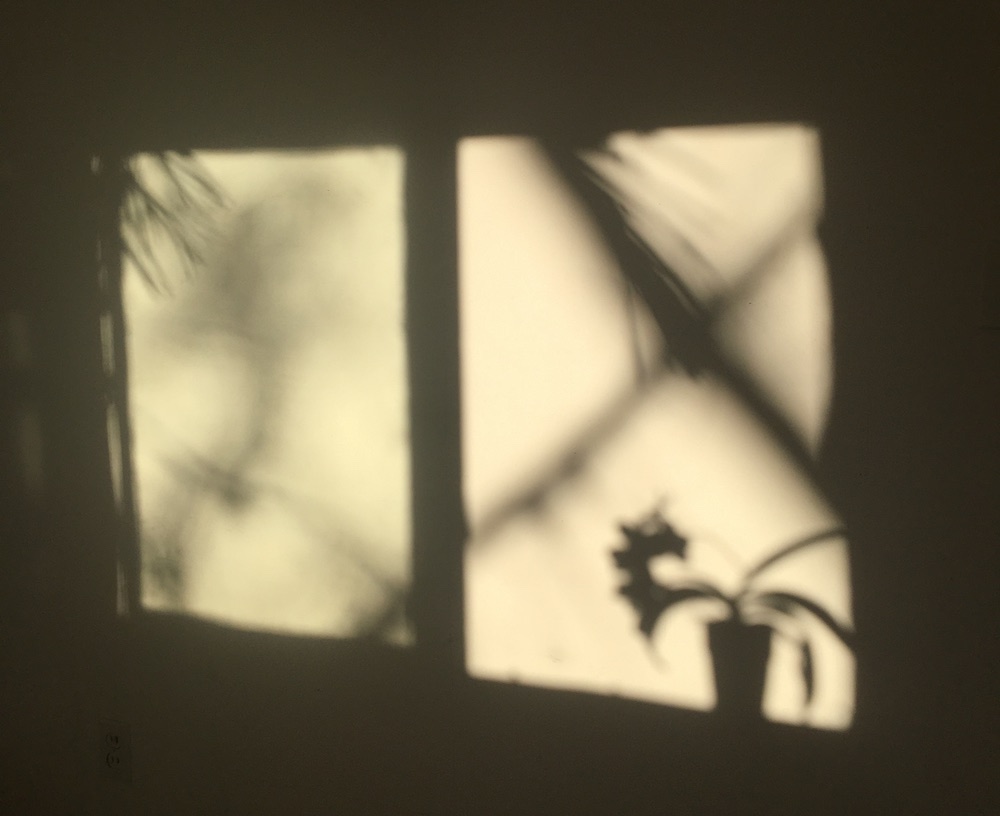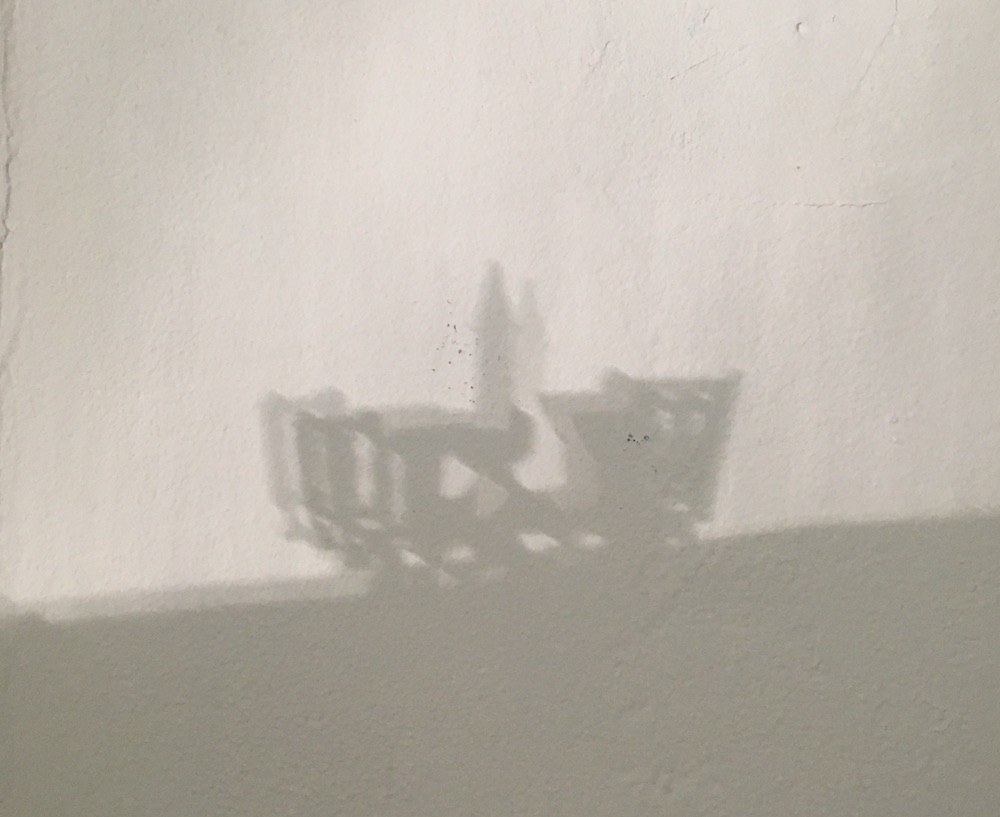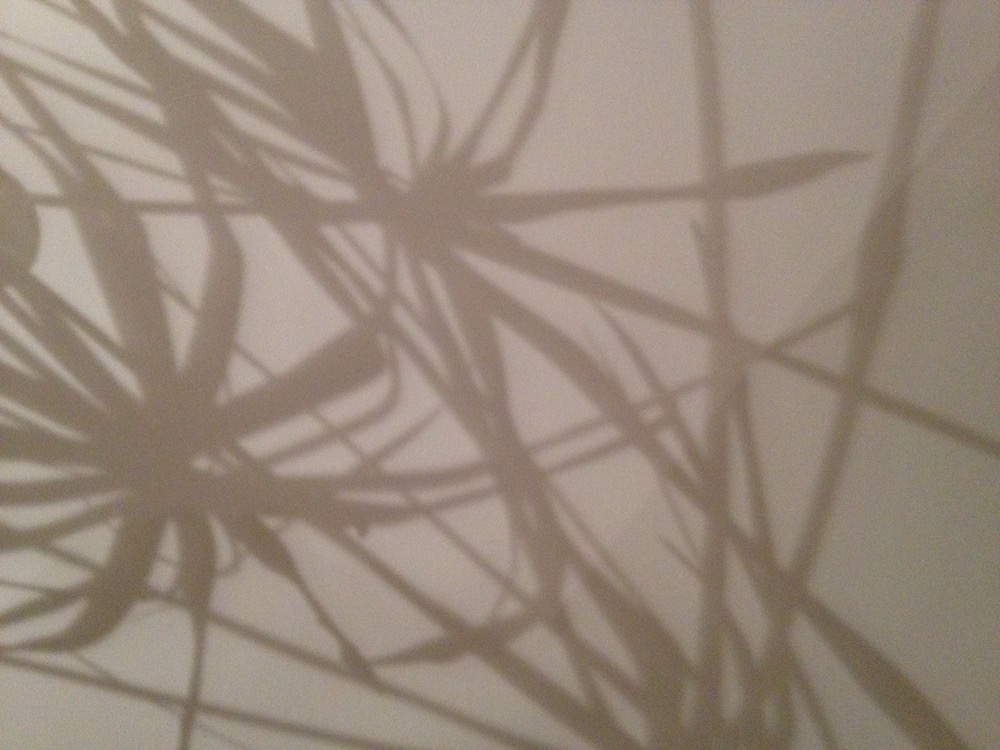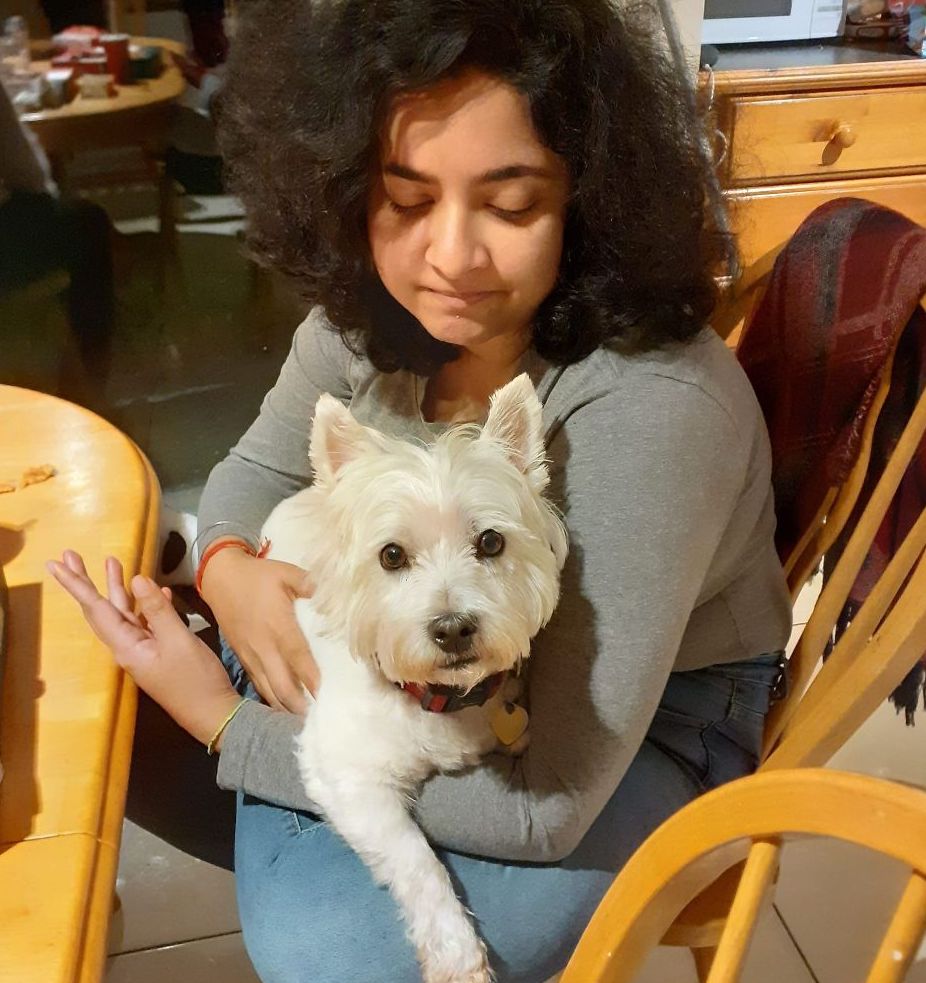Essay by Srijani Ganguly
On Becoming a Covid-19 Statistic in Delhi

Early in 2021, in the middle of February, I decided to return to India from a nearly two-year stay in Ireland. A part of me was afraid I’d get COVID-19 from the journey, so I was quite cautious throughout the two flights I had to take to go back home—I wore two masks and used so much of the hand sanitizer that I started smelling like it.
The flights were uneventful apart from a moment during the second one, from Frankfurt to New Delhi, when I saw a toddler leisurely crawling through the length of the aisle. Evidently, not everyone was that bothered by the pandemic.
In March, every new case was building up to what would become the second wave of COVID-19 in India. On the twenty-seventh of that month, The Hindu reported 62,258 COVID-19 infections—the highest single-day rise in 2021 at that point in time. The fear was rising, but very slowly, and states had their own individual full lockdowns, partial lockdowns, or night curfews. Schools had been closed for a while now. Online teaching was still on, of course, but kids were still going out to play in the evenings. I’d see some of them when I’d go on my daily walks (masked up and with a podcast called Ologies in my ear) in the suburb near Delhi where I lived. I’d see them playing in the parks or cycling around.
Still, things weren’t as dire as they would grow to be.
• • •
There is a feeling with COVID-19, or with any life-threatening situation, really, that we won’t ever suffer through it. Others might get sick, be hospitalized, or even die, but no one we know will really be affected by it.
By April, this misconception was quickly clearing up. Almost everyone knew someone who had COVID-19. Some were hospitalized. Others had died from it. According to an April 22 Reuters report, by that time India had recorded “the world’s highest daily tally of 314,835 COVID-19 infections,” the situation in Delhi was so bad that six hospitals had run out of oxygen, and a crematorium east of the city was building “funeral pyres in its parking lot.”
The beginning of May was much the same. My parents (both vaccinated) and I got COVID-19 and lived through a scentless fortnight, recovering at home. I was weak and had horrible coughing bouts, but our doctor assured us through video calls that it was not serious. And it wasn’t. Outside of my house, however, tales of horror were cropping up on social media.
There were horrific pictures of family members grieving, crematoriums at full capacity, and people lining up to get oxygen tanks filled. There were pleas, too—for medicines, hospital beds, and, of course, oxygen. Ordinary citizens were making all the effort to arrange these items for people they had never even met before.
Of course, where there is the good there is also the selfish and the cruel. And so there were quite a few who took advantage of desperate family members, charging them lakhs of rupees ($1,000 at least) for medicine or for oxygen, and then stopped taking their calls.
• • •

By the end of May and early June, cases started to decline bit by bit. On June 21, according to a report in the Times of India, 89 cases had been identified “in the last 24 hours,” which was “the lowest daily cases recorded in the city in 2021.”
The country—but not schools—started to open up, and soon there were long queues in front of malls, get-togethers, and parties near and far. Many people wore masks, but many others still didn’t. Once, while out for a dental appointment, I saw a man on a bike wearing a surgical mask but not caring to wear a helmet. Clearly, he was more afraid of one thing than the other.
By July, the crisis was over, and people were back to normal. Well, as normal as things can get in a pandemic. My parents and I left Delhi (after getting RT-PCR tests done) and, after our recovery from COVID-19, finally moved to our holiday home in a village with about 100 residents in the Himalayas.
• • •
There is no better place to recuperate than in nature. There are birds, moths, and neighboring dogs that visit us every day at our cottage. Monkeys come along, too, from time to time, to snatch fruits from the trees and throw them on the ground, half-eaten. I hear there are leopards in the vicinity, but I haven’t seen one yet. From the tales I’ve been told, they are much more scared of humans than we are of them. Someone, for instance, found one snoring on top of a ground-level water reservoir and just shooed it away.
The closest we’ve come to any wild animal is when we found a dazed and confused great barbet nearby. It’s a strikingly beautiful bird—with green-blue and brown plumage and a yellow bill that is proportionately bigger than the rest of its body. We took it upstairs, in our home, and left it to recuperate in the spare bathroom, where it stood still for the longest time and then began to move around a bit, standing near the drain at one point. I took it into my room then, to see if it would fly, and it did!
There was nothing much to do after that but leave it on the terrace next door, where the great barbet took some time to figure out its flight plan, looked around as it sat on a hand towel, and then flew to a tree not too far away.
The date was August 15, India’s Independence Day, so the time was ripe to look for a symbol or metaphor in the encounter with the bird. After all, the story at the core of it was quite familiar—a moment of confusion; a great fall, followed by rest and recuperation; and then a graceful flight to a better height, a better perspective.
If there is a third wave in India, which experts say will peak in October, then the hope is that the months from March to June would have provided us the perspective on how to best prepare for such an eventuality and best minimize the potential suffering. If there is a fall, the hope is that it relates to the number of cases and nothing else.
• • •
Apart from the brief moment it was used as a bird recuperation center, the terrace upstairs isn’t really used for anything. Sometimes we’ll hear a bark from up there, and we’ll know that Jimmy—she’s a girl, and a puppy—has run over to us from the top of the hill. (Because houses in the Himalayas are built along the slopes, at various levels, terraces are often used as parking spots or entryways into homes.) We’ll bring her downstairs, feed her biscuits and milk, and inform her humans of her whereabouts. We’ll watch her hop all over the place, her ungainly limbs hitting the floor in little taps of happiness. And we’ll be glad that Jimmy, at least, doesn’t care one bit about social distancing.

Publishing Information
- “Coronavirus updates | March 27, 2021,” The Hindu, March 27, 2021.
- “India posts world record COVID cases with oxygen running out” by Sanjeev Miglani, Neha Arora, Alasdair Pal, and Sachin Ravikumar, Reuters, April 22, 2021.
- “As Delhi’s numbers dip, a look at how the acute oxygen crisis partially eased” by Gaurav Vivek Bhatnagar, The Wire, May 26, 2021.
- “Delhi records 89 new Covid-19 cases, lowest single-day spike in 2021” by Pankaj Jain, Times of India, June 21, 2021.
- “Covid-19 third wave will peak in October, warns MHA panel,” Mint, August 23, 2021.
Art Information
- “A New Dawn,” “The Banquet (of Spirit and Soul),” and “Shadows of the Soul” © Carol Jazzar; used by permission.
 Srijani Ganguly is currently based in the Himalayas. She is a nonfiction editor at Talking Writing and a contributing editor at Vestal Review. She also has her own literary journal, Riverbed Review. Her debut novella from Atthis Arts will be out in spring 2022.
Srijani Ganguly is currently based in the Himalayas. She is a nonfiction editor at Talking Writing and a contributing editor at Vestal Review. She also has her own literary journal, Riverbed Review. Her debut novella from Atthis Arts will be out in spring 2022.
For more information, visit Srijani Ganguly’s website.
